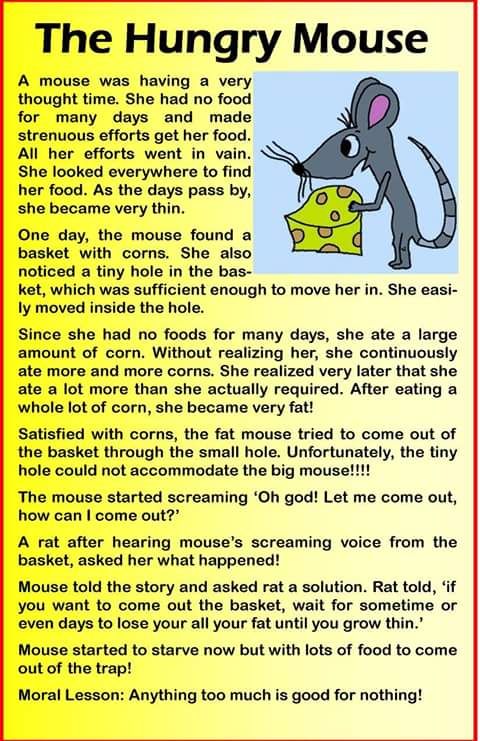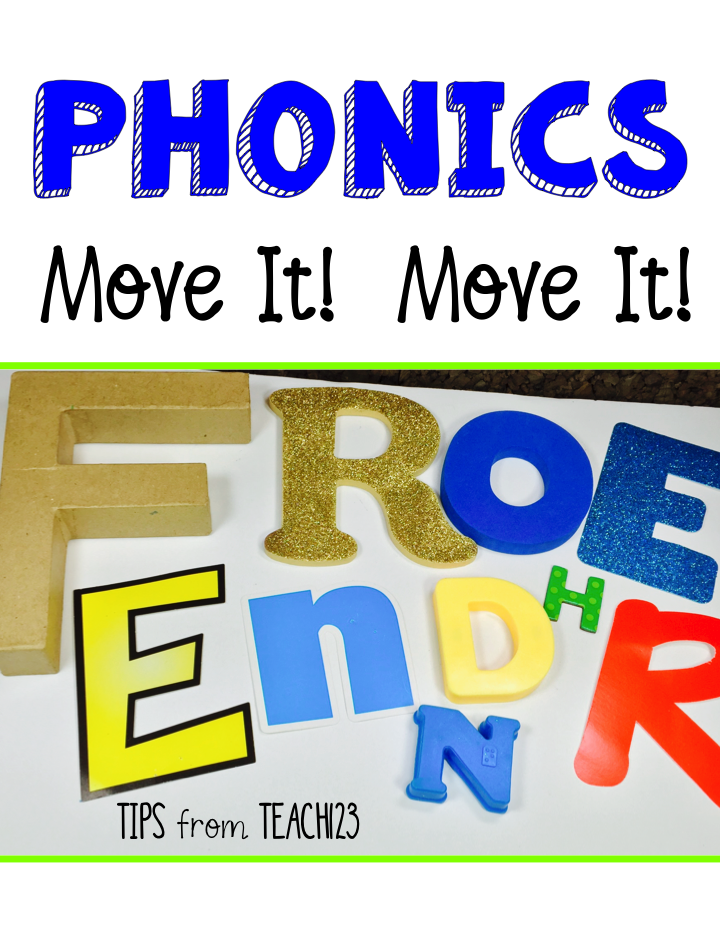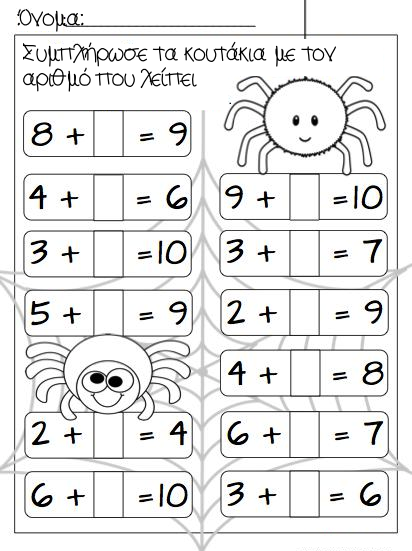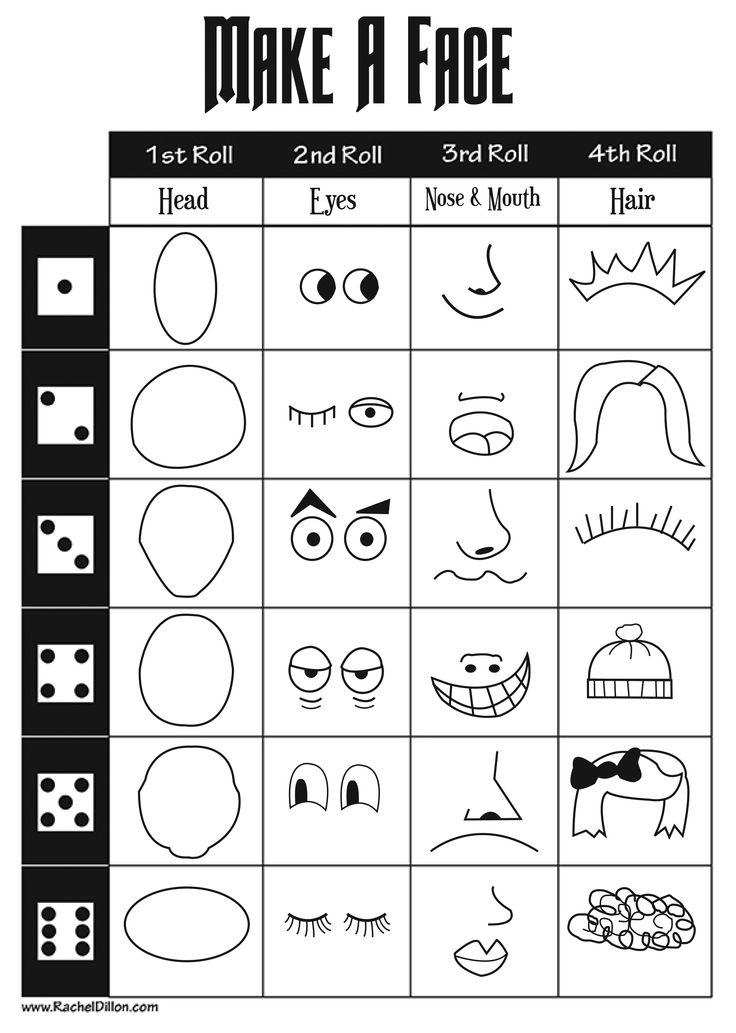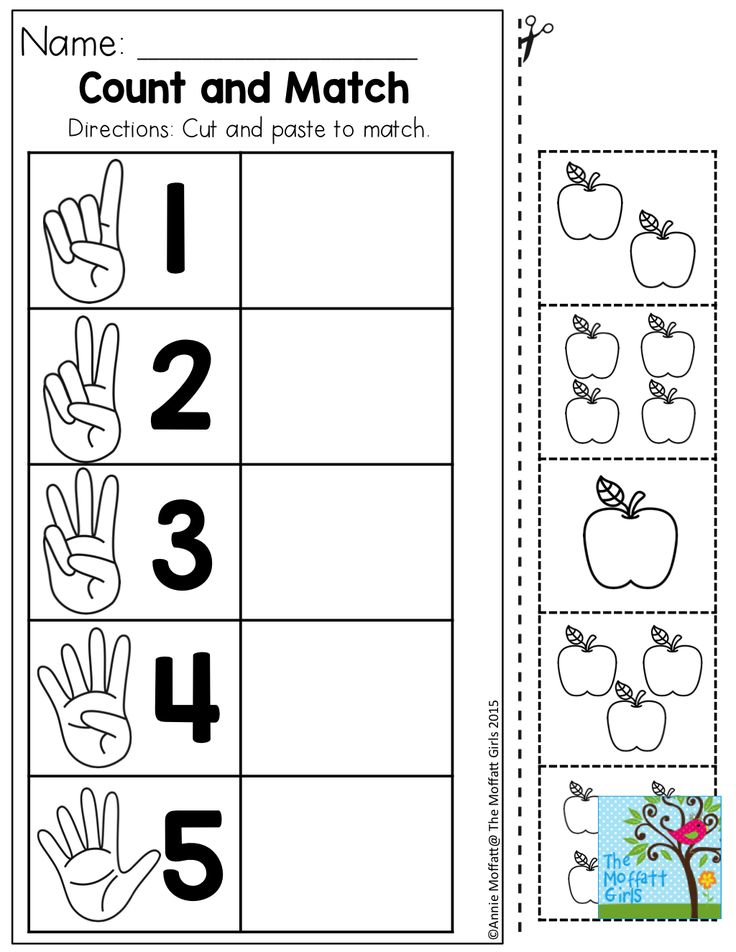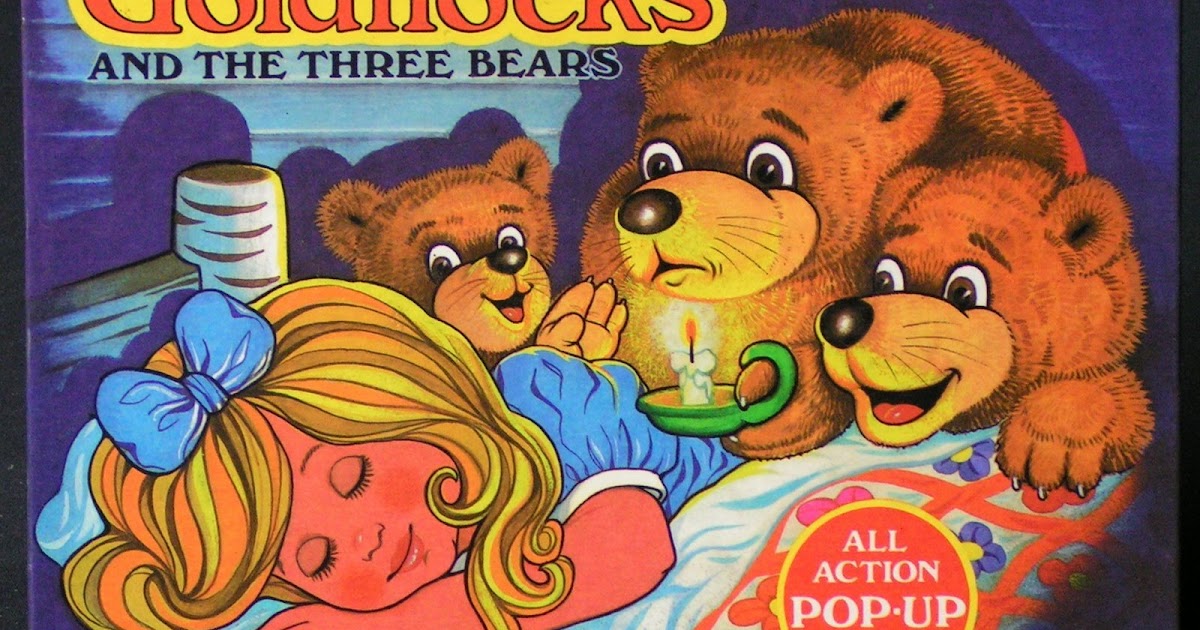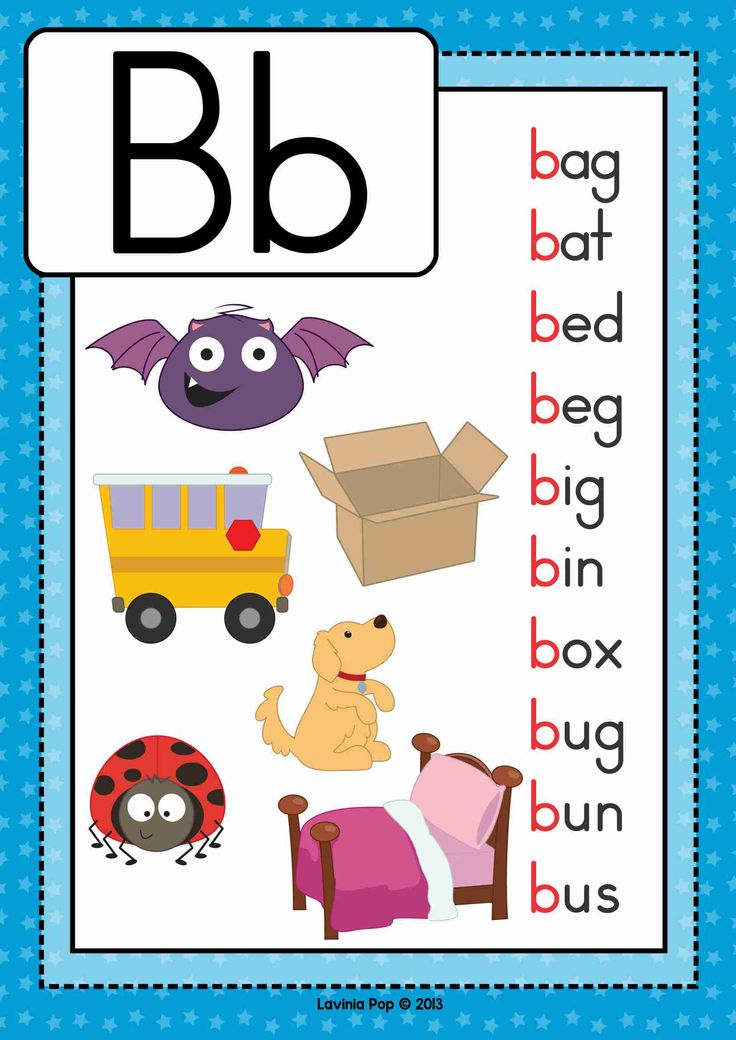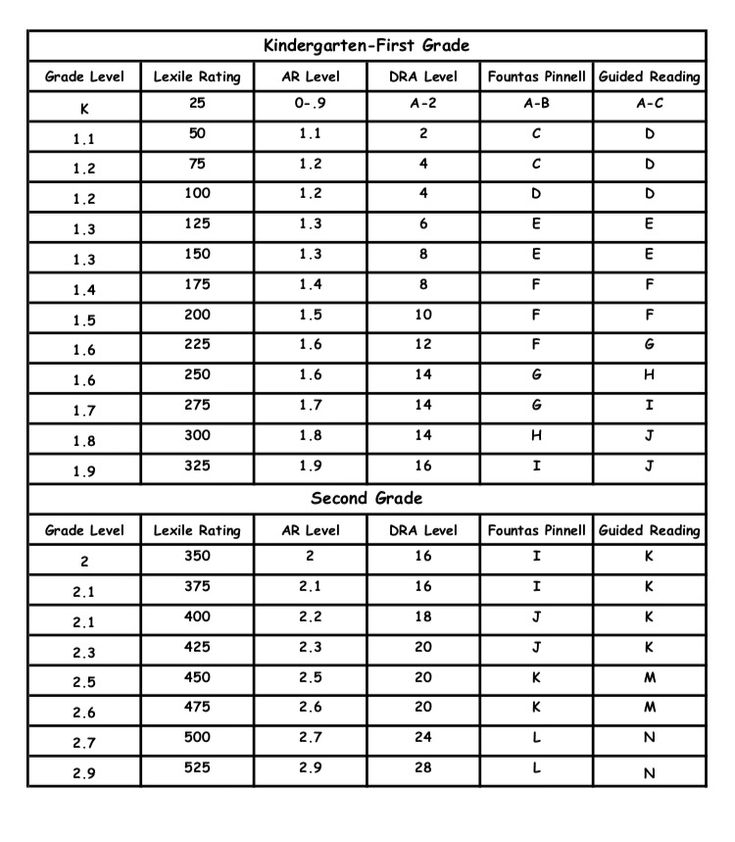Sound symbol relationship
Alphabet games teaching sound symbol relationships letter names
Sound-Symbol Relationships: Early Reading Games with Letters and Sounds
One of the first skills that young children learn at school, is to recognise sound-symbol relationships. That is, the connection between the letter names and the sounds made by them. Understanding sound-symbol relationships is a vital step in becoming independent with reading and writing.
While there are 26 letter names, and learning these is a huge task on its own, there are many more sounds. To break the job down into easier parts, early childhood teachers often focus on one letter at a time, and place the emphasis for younger learners, on the simplest or most common sound made by each letter. Most consonants make a simple short sound, like
mmm for M, or zzz for Z. The vowels are much trickier. Teachers often start by looking at the "short" Aa, as in apple, the "short" Ee as in egg and so on. I have made some games with the focus on the "short", common sounds, but also have a selection of games that include other sounds - for example, Gg makes the hard sound like go, and the soft sound like giraffe, c makes the hard sound like cat, and the soft like city, and y makes different sounds at the beginning and end of words.
Learning all the letters and their sounds can be loads of fun with these games. There are lots of different ones, so children never lose interest, even if they are playing the games every day (which they will want to!).
Alphabet Card Game
This game has 26 picture-letter cards (showing both upper and lower case), and 12 special cards to add interest to the game.
Tic Tac Toe - Tricky letters (b and d)
A game that can be played quickly and repeatedly to reinforce the difference between similar letters.
Includes 12 letter cards to use in 'noughts and crosses' style game.
Tic Tac Toe - Tricky letters (b and p)
A game that can be played quickly and repeatedly to reinforce the difference between similar letters.
Includes 12 letter cards to use in 'noughts and crosses' style game.
Tic Tac Toe - Tricky letters (b and d)
A game that can be played quickly and repeatedly to reinforce the difference between similar letters.
Includes 12 letter cards to use in 'noughts and crosses' style game.
Alphabet Dig Activity
This is an activity for learners who enjoy tactile experiences. Set up a shoe box or tray filled with sand. Children dig for letters and match them with the cards. The letters in the sand could be substituted with small objects beginning with the letter sound. Then learners would match the beginning sound of each object with a letter card. Upper and lower case letters are included.
Upper and lower case letters are included.
Stardust Sounds Game - letters bfmrst
This is a game for younger learners who are making connections between letter symbols and sounds. Players respond to the letters or pictures that they land on.
Stardust Sounds Game - letters dkhjlw
This is a game for younger learners who are making connections between letter symbols and sounds. Players respond to the letters or pictures that they land on.
Stardust Sounds Game - letters cgnpvyz
This is a game for younger learners who are making connections between letter symbols and sounds. Players respond to the letters or pictures that they land on.
Take 2 - letter sounds bktm
This is a game for younger learners who are making connections between letter symbols and sounds. It contains a shared board and 32 picture cards.
Take 2 - letter sounds dfls
This is a game for younger learners who are making connections between letter symbols and sounds.![]() It contains a shared board and 32 picture cards.
It contains a shared board and 32 picture cards.
Take 2 - letter sounds gphr
This is a game for younger learners who are making connections between letter symbols and sounds. It contains a shared board and 32 picture cards.
Alphabet Bingo -Simple
This game has matching cards that have the same letter and picture as the board, so it is ideal for very young learners who are just beginning to understand letter-sound relationships. There are 4 boards and 24 cards.
Alphabet Bingo Boards (class set)Upper Case Cards Lower Case Cards
This set comprises 25 different boards with 8 lower case letters on each. Play with the whole class, using either matching lower case cards, or use upper case cards to give students experience in pairing them. The boards are very plain so children will remain focused on just the letters.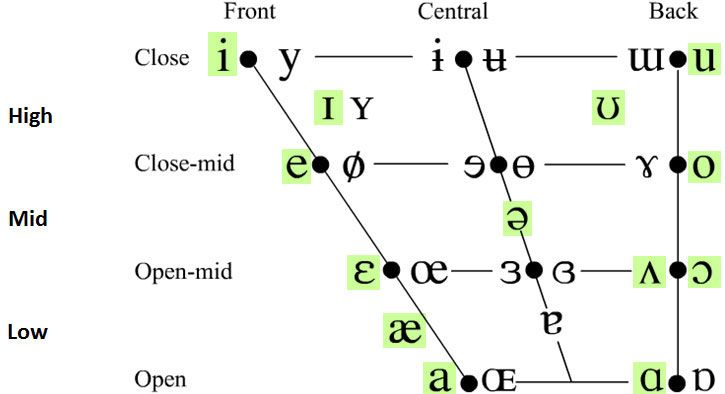 They look good printed onto lots of different coloured cards, and students will enjoy swapping boards between games. This is a very useful activity for students still learning the letters, and it only takes short bursts of time for each game.
Instructions for this game are included with both sets of Cards.
They look good printed onto lots of different coloured cards, and students will enjoy swapping boards between games. This is a very useful activity for students still learning the letters, and it only takes short bursts of time for each game.
Instructions for this game are included with both sets of Cards.
Elephant Capitals A game with upper case and lower case letters on cards. Players need to match the two to keep the pair. The board is shared, so the game moves quite quickly.
Mailbox Letters: upper and lower case letters A game with upper case and lower case letters on cards. Players need to match the two to keep the pair. The board is shared, so the game moves quite quickly.
Jungle Capitals Board (Print 4 boards) Jungle Capitals Cards (Print 1 set of cards)
There are 2 kinds of cards: upper case (jungle) and lower case letters (snakes). Put upper case cards aside to be drawn at each turn.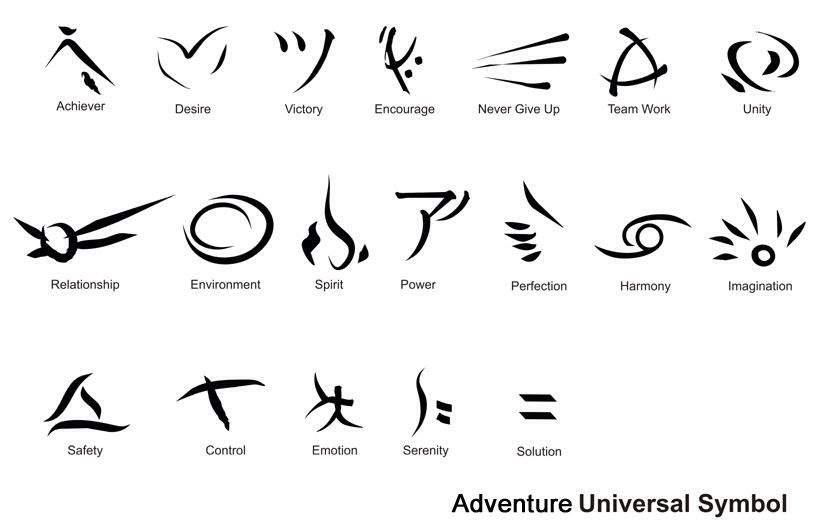 Each player puts 4 lower case cards on their board. Take turns to draw a card. If the matching letter is on your board, make a pair, and place another lower case card on your board. If it is not on your board, leave it face up on the table for other players to use when it is their turn. Play continues until all cards have been matched.
Each player puts 4 lower case cards on their board. Take turns to draw a card. If the matching letter is on your board, make a pair, and place another lower case card on your board. If it is not on your board, leave it face up on the table for other players to use when it is their turn. Play continues until all cards have been matched.
Trick or Treat Letter Sounds Matching beginning letter sounds with picture cards (with these letters: wgnvyk). Each player has a board. Place the cards face down and take turns to choose a card. If the player has a space for the matching sound, they keep it. The first player to complete their board wins.
Carrots For Rabbits Matching beginning letter sounds with picture cards (with these letters: bftlms). Each player has a board. Place the cards face down and take turns to choose a card. If the player has a space for the matching sound, they keep it. The first player to complete their board wins.
Monkey Sounds Matching beginning letter sounds with picture cards (with these letters: hrpdjc). Each player has a board. Place the cards face down and take turns to choose a card. If the player has a space for the matching sound, they keep it. The first player to complete their board wins.
Each player has a board. Place the cards face down and take turns to choose a card. If the player has a space for the matching sound, they keep it. The first player to complete their board wins.
Hungry Parrot Game A game where players listen for the sounds at the beginnings of words by looking at pictures. Sounds included are: k,v,g,t,m,l,d,s,w
Instructions: Share picture cards between players. Place a letter card on the parrot's plate. All players look for pictures beginning with the letter sound card on display. Place all cards that match onto the parrot. Players may place multiple cards at a time. When players are happy they have placed all their cards for this letter, a new letter card is selected. Play continues until one player has placed all their picture cards (or until everyone has).
Hungry Robot Game A game where players listen for the sounds at the beginnings of words by looking at pictures. Sounds included are: b,j,f,y,r,h,p,c,n,d
Instructions: Share picture cards between players.![]() Place a letter card on the robot. All players look for pictures beginning with the letter sound card on display. Place all cards that match onto the robot. Players may place multiple cards at a time. When players are happy they have placed all their cards for this letter, a new letter card is selected. Play continues until one player has placed all their picture cards (or until everyone has).
Place a letter card on the robot. All players look for pictures beginning with the letter sound card on display. Place all cards that match onto the robot. Players may place multiple cards at a time. When players are happy they have placed all their cards for this letter, a new letter card is selected. Play continues until one player has placed all their picture cards (or until everyone has).
Alphabet Sandwiches: Game 1 (Letters: a, b, l, m, s, t)
A simple game for children who are learning about letter sounds.
Each player collects the fillings for a sandwich by matching beginning letter sounds using pictures, and upper case and lower case letters.
Alphabet Sandwiches: Game 2 (Letters: c, e, h, n, q, y)
A simple game for children who are learning about letter sounds.
Each player collects the fillings for a sandwich by matching beginning letter sounds using pictures, and upper case and lower case letters.
Alphabet Sandwiches: Game 3 (Letters: d, f, j, o, r, u)
A simple game for children who are learning about letter sounds.![]()
Each player collects the fillings for a sandwich by matching beginning letter sounds using pictures, and upper case and lower case letters.
Alphabet Sandwiches: Game 4 (Letters: g, i, k, p, w, v, z)
A simple game for children who are learning about letter sounds.
Each player collects the fillings for a sandwich by matching beginning letter sounds using pictures, and upper case and lower case letters.
Alphabet Sandwiches: Game Instructions
The letters have been grouped into 4 different games, but are all interchangeable. Teachers may select the letters of most use to a particular group of students, and combine them to introduce or revise each letter sound. The individual cards could also be used in a "Letter of the Week" display or activities. This game involves a lot of preparation with the cutting and laminating and cutting again (if you choose to do it this way), but it is bound to become a favourite with beginning learners!
Alphabet Bingo: Upper and Lower Case with picture clues
A simple game for children who are learning about upper and lower case letters.![]()
(boards for 4 players)
Alphabet Bingo: Upper and Lower Case
Free resource
A simple game for children who are learning about upper and lower case letters.
(boards for 4 players)
Alphabet Match: Landscape of Letters (letters: a b d e f h i j l m r s t)
This game uses pictures to assist young learners with the letter sounds. There are 26 picture cards to match the 13 letters included (2 for each letter).
Alphabet Match: A sea of Letters (letters: c g k n o p q u v w x y z)
This game uses pictures to assist young learners with the letter sounds. There are 25 picture cards to match the 13 letters included (2 for each letter except x).
End of the Rainbow Alphabet Game (card game)
This game uses pictures to assist young learners with the letter sounds. There are 26 picture-letter cards - one for every letter and 12 End of the Rainbow cards.
Little Pigs Alphabet Game (card game)
There are 26 letter cards and 12 special cards.
Chicken Laid an Egg Alphabet Game (card game)
Free resource
This game has 26 letter cards (showing both upper and lower case), and 12 Laid an egg! cards.
Billy Goats Alphabet Game (card game)
This game has 26 picture-letter cards (showing both upper and lower case), and 12 special cards.
This game include the option of using some extra cards that show the soft c and g, and the long vowel sounds.
Cute Dinosaur Uno (card game with letters: s m t a e b f r d o)
A game to support the visual recognition and matching of letters as well as naming letters or sounds.
Space Uno (card game with letters: s m t a e b f r d o)
A game to support the visual recognition and matching of letters as well as naming letters or sounds.
Backyard Creatures Uno (card game with letters: c i o n g h j l p a)
Free resource
A game to support the visual recognition and matching of letters as well as naming letters or sounds.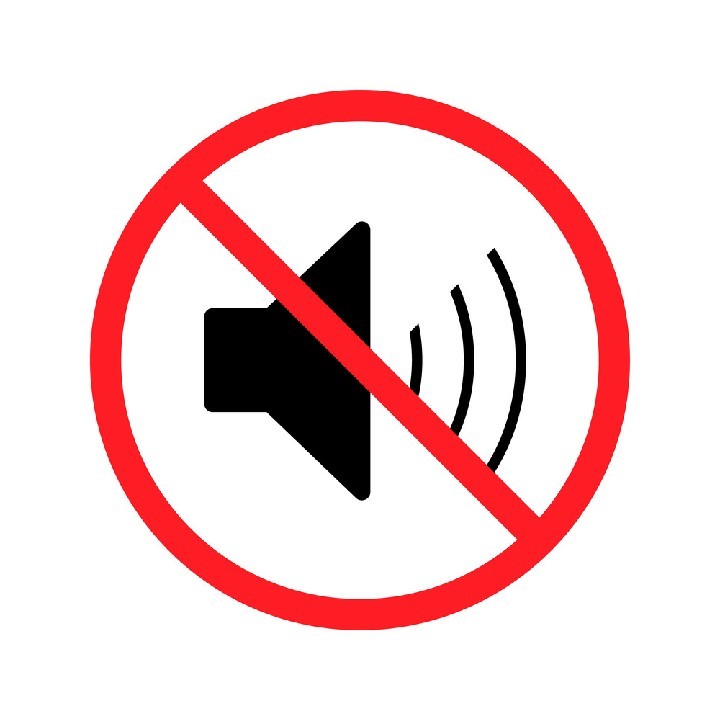
Triple Tower Letter Games 1 & 2 (1 game with letters: m s b t a f; 1 game with letters: r l h d e k)
Triple Tower Letter Games 3 & 4 (1 game with letters: i g o n p c; 1 game with letters: w y u q v j)
A game to support the visual recognition of letters as well as naming letters or sounds.
External Links to
Online Games and Activities
Starfall Alphabet Books and Activities
Sound-Symbol Relationships: Clifford Game
GraphicsFactory.com | Privacy Policy | Usage Rights | About Me | Download |
© The Classroom Kit 2008-2016
Writing Made Easier: Helping Students Develop Automatic Sound/Symbol Correspondence
By: Regina G.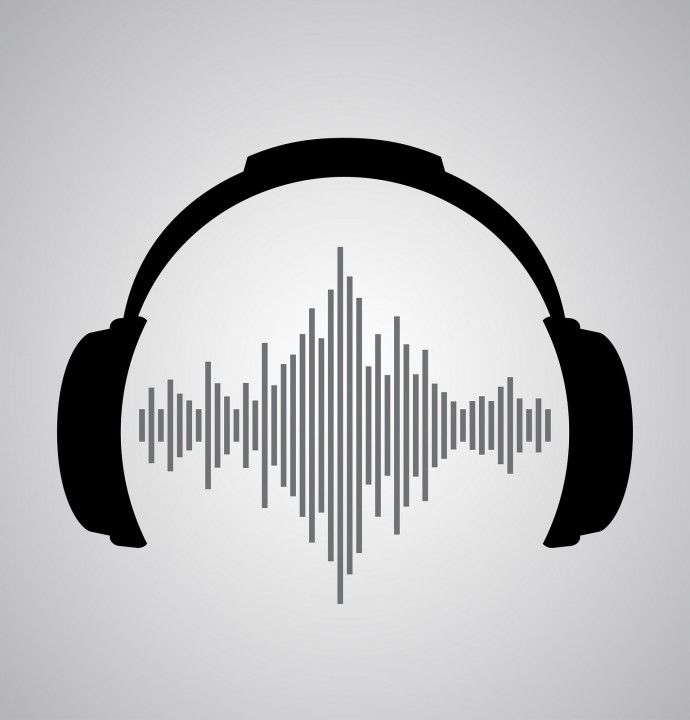 Richards
Richards
The process of written expression places the most demands on a student's ability to perform multiple subtests simultaneously. Generally, the writing process can be divided into two very global areas of mechanics and content. The more efficiently and automatically the student uses basic writing mechanics (capitalization, punctuation, spelling, letter form, sentence structure), the easier it will be to focus on the content (the expression and organization of ideas). This article is designed to discuss only one small component of writing mechanics — finesse with sound/symbol correspondence. It describes a method which can be used by a parent with a single child or a teacher with a group.
The more automatically a person is able to put words on paper, the easier it is to focus on ideas. The spelling does not need to be perfectly accurate, but it does need to be close enough to correct for the student to read what he or she has written. The three main aspects needed to spell accurately are:
- Sounds
- phonological awareness
- sound/symbol correspondence
- phonetic analysis skills
- Visual recall
- visual eidetics (automatic visual recognition of word parts and whole words)
- recall of tricky parts
- knowledge of unusual patterns
- Rules
- knowledge of spelling rules, including syllabification, accenting, flexing, and the variety of vowel sounds
These three categories are listed developmentally. Hence, the first area of focus begins with an ability to understand sounds and moves into sound/symbol correspondence. Good sound/symbol correspondence also depends upon an ability to create and form letters automatically and efficiently without having to think about each movement as a separate unit. This article focuses on the development of sound/symbol correspondence, a critical and essential prerequisite within the process of writing.
Hence, the first area of focus begins with an ability to understand sounds and moves into sound/symbol correspondence. Good sound/symbol correspondence also depends upon an ability to create and form letters automatically and efficiently without having to think about each movement as a separate unit. This article focuses on the development of sound/symbol correspondence, a critical and essential prerequisite within the process of writing.
Efficient and automatic sound/symbol correspondence leads to accurate phonetic analysis and is a vital aspect of the process of learning to read. It depends upon appropriate phonological awareness development and is a critical part of an appropriately balanced approach, supported in many state frameworks. While phonics should not be the sole focus of teaching or result in an overemphasis on the development of skills in isolation, the critical value of phonics cannot be overlooked or left to implicit learning. This is true for all students, most especially the dyslexic and/or dysgraphic learner.![]()
To become skillful readers or writers, children need to learn how to decode words instantly and effortlessly. Automaticity is a major goal. Initially, students must examine the letters and letter patterns of every new word while reading, but as they progress, the process needs to become more automatic.
The most effective phonics instruction is explicit and systematic (California State Board of Education, 1996, p. 6). In explicit phonics the key points and principles are clarified precisely for students. Another important aspect of effective phonics instruction is that it is systematic phonics: it gradually builds from basic elements to more subtle and complex patterns. The purpose is to convey the logic of the system and to invite its extension to new words that children will encounter on their own. The end goal is independence in reading and writing new and unusual words.
These needs were first substantiated by Samuel T.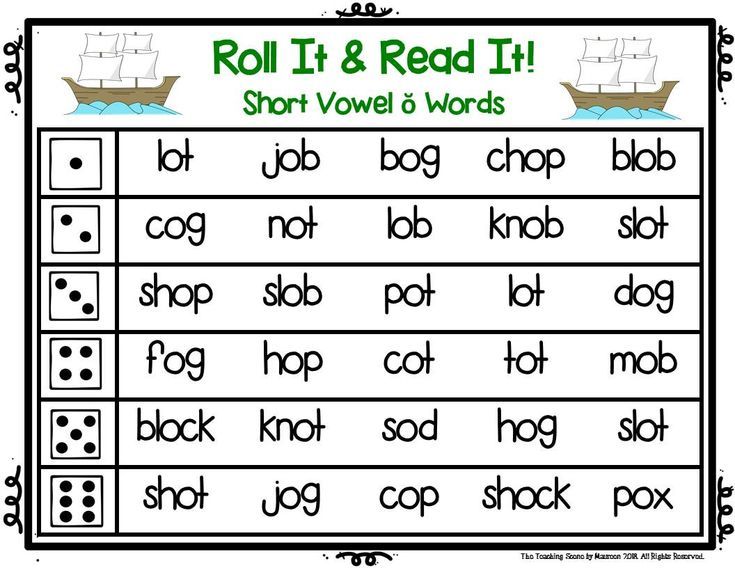 Orton, M.D., and Anna Gillingham, a psychologist, in their initial work on dyslexia in the early 1920's, and subsequently in Gillingham's reading program (Gillingham, 1968). Teaching phonics opportunistically by pointing out sound/symbol connections only as they arise does not have the same impact on learning. While there are some students who will learn to read no matter what is done in the classroom, the dyslexic student or the student with other reading-based learning differences will not learn to read by teaching phonics opportunistically. This concept is critical for teachers to understand, as it can make the difference between a dyslexic student learning or struggling to read.
Orton, M.D., and Anna Gillingham, a psychologist, in their initial work on dyslexia in the early 1920's, and subsequently in Gillingham's reading program (Gillingham, 1968). Teaching phonics opportunistically by pointing out sound/symbol connections only as they arise does not have the same impact on learning. While there are some students who will learn to read no matter what is done in the classroom, the dyslexic student or the student with other reading-based learning differences will not learn to read by teaching phonics opportunistically. This concept is critical for teachers to understand, as it can make the difference between a dyslexic student learning or struggling to read.
Building on their foundation of phonological awareness, students must understand how the alphabetical principle works, and they need to understand the concept and use of a code system. After this understanding is entrenched, it is relatively easy for the students to add new sound/symbol pairs to their working knowledge set.![]() This is especially true for dyslexics and is the rationale for the systematic approach as initially represented by Gillingham. Beginning phonics instruction is best conducted with a relatively small set of consonants and short vowels, developing sound/symbol relationships progressively. By using a limited set of letters to build as many familiar words as possible, students become more aware of the code system and learn to use phonics to read and spell logically, an important step towards automaticity.
This is especially true for dyslexics and is the rationale for the systematic approach as initially represented by Gillingham. Beginning phonics instruction is best conducted with a relatively small set of consonants and short vowels, developing sound/symbol relationships progressively. By using a limited set of letters to build as many familiar words as possible, students become more aware of the code system and learn to use phonics to read and spell logically, an important step towards automaticity.
It has been found very useful with both dyslexic and dysgraphic students to teach sound/symbol correspondence concretely and precisely. This method also works for other learners, but it is essential for learners with special needs.
The following system differs from other systems in that it utilizes a multisensory presentation combined with visual mnemonics. There is a match between auditory, visual, and kinesthetic processing when dealing with sounds and matching them to written letters.![]() Visual pictures are also included, pulling in another whole system: visual imagery. This provides the students with hooks or links to remember a key word for each sound. In addition, the use of phrases, many of which are silly, brings in a contextual hook to help students hang the words together, thus providing another system to aid retrieval of the information.
Visual pictures are also included, pulling in another whole system: visual imagery. This provides the students with hooks or links to remember a key word for each sound. In addition, the use of phrases, many of which are silly, brings in a contextual hook to help students hang the words together, thus providing another system to aid retrieval of the information.
This system is called Memory Foundations for Reading (MFR) because of its importance in the foundational system for reading and because of its assistance in retrieval memory. The sequence presented in MFR follows the sequence presented in the Gillingham program. There is no magical reason for this sequence, and the sequence may be varied to coordinate with any reading program. What is important is to separate presentation of letters that are similar in visual configurations (such as b and d) and sounds that are similar and difficult to discriminate (such as short e and short i). One sound in the pair should be taught and developed to a level of automaticity before the second sound is introduced. Once the second sound is introduced, substantial discrimination practice needs to be included.
One sound in the pair should be taught and developed to a level of automaticity before the second sound is introduced. Once the second sound is introduced, substantial discrimination practice needs to be included.
Back to Top
Value of key words in developing automatic sound/symbol associations
Many students learn to form associations between sounds and symbols merely through exposure, drill and practice. Dyslexic students and others who struggle with the reading process benefit substantially by receiving direct instruction and substantial practice to help them form automatic associations between visual, auditory, and kinesthetic modes. This enables them to make specific links and connections between information that is auditory (what they hear), visual (what they see), and kinesthetic (what they say and write). The Gillingham program refers to these multisensory links as the language triangle (see figure 1).
Fig. 1 — The Language Triangle
The basic principle of the language triangle is to build letter sounds into words, like bricks built into a wall.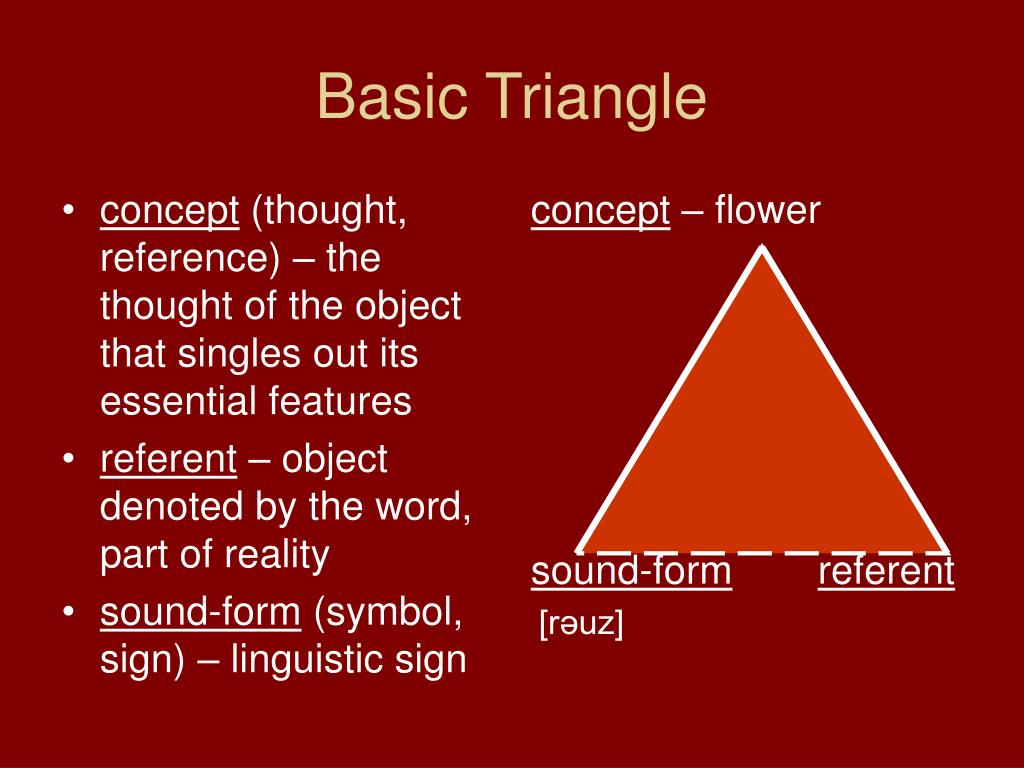 The technique is based upon close association of visual, auditory, and kinesthetic elements(Gillingham, 1968, p. 40).
The technique is based upon close association of visual, auditory, and kinesthetic elements(Gillingham, 1968, p. 40).
Presenting separate and isolated key words for each sound/symbol association is effective, but it can also be laborious and tedious. In contrast, presenting key words in an organized approach is effective and efficient and allows students to use a variety of modalities and connections in the learning process.
In MFR, the key word for each sound/symbol relationship is represented by a pictured object. Thus, when reading or spelling, the student can refer to the association to trigger the needed sound. When these associations are made consistently, retrieval is much more automatic. Presenting the key words within a mnemonic sentence provides the memory tool within a contextual hook or connection. The visual images linked to each phrase enhance retrieval and accelerate the learning. When the pictures are colored, additional visual input is provided. By coloring the pictures themselves, students reinforce the connections kinesthetically while learning the associated phrases.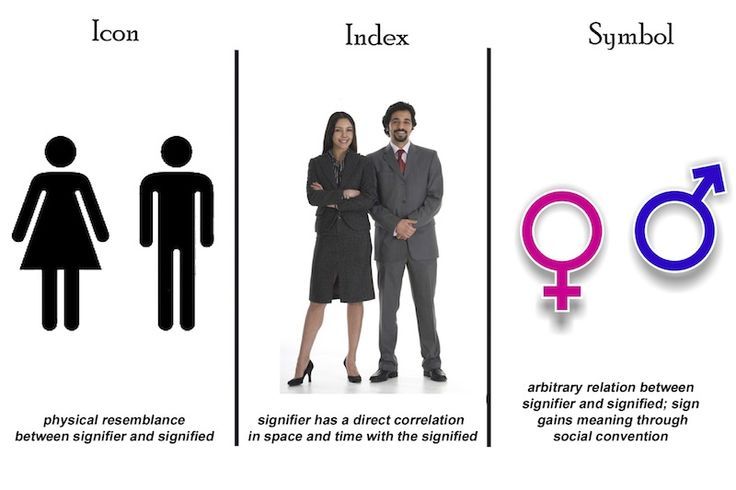 The program, Memory Foundations for Reading: Visual Mnemonics for Sound/Symbol Relationships, presents each of the pictures in 8½ x 11 line drawing format to encourage students to color the pictures (Richards, 1997).
The program, Memory Foundations for Reading: Visual Mnemonics for Sound/Symbol Relationships, presents each of the pictures in 8½ x 11 line drawing format to encourage students to color the pictures (Richards, 1997).
Mnemonic strategies are critical for dyslexic learners. A mnemonic is a memory trick, a strategy or plan which provides a hook to hang on to and later retrieve a memory. Key words can be explained to the students as very important helper words: they are like keys to help us learn and remember what sound goes with each letter.
The MFR system of picture mnemonics provides an organizational system for children to remember letter sounds/symbols that is multidimensional: it is divided into three sets.
- Set one involves the main sound for each alphabet letter
- Set two provides letters with multiple sounds
- Set three provides sounds with multiple spellings
There are interconnections between these three sets to help facilitate the memory links. For example, in set 1 goat is the key word for the g sound. In set 2, goat is used again for the two sounds of g: George goat. In set 3, the two spellings of the /j/ sound are represented by George jumps. Some less frequent sound/symbol associations (digraphs and blends) in the English language have been omitted from MFR, because it is felt that once a student reaches a certain level of proficiency, he can then easily learn the remaining sounds and generalizations. Figure 2 presents sample MFR pictures. These, and many more, can be found in my book Memory Foundations for Reading.
For example, in set 1 goat is the key word for the g sound. In set 2, goat is used again for the two sounds of g: George goat. In set 3, the two spellings of the /j/ sound are represented by George jumps. Some less frequent sound/symbol associations (digraphs and blends) in the English language have been omitted from MFR, because it is felt that once a student reaches a certain level of proficiency, he can then easily learn the remaining sounds and generalizations. Figure 2 presents sample MFR pictures. These, and many more, can be found in my book Memory Foundations for Reading.
Fig. 2 — MFR Mnemonic Pictures
Fig. 2.1
Fig. 2.2
Fig. 2.3
Back to Top
Developing automatic associations
Some students may need very directed assistance to develop automatic sound/symbol correspondence. Focusing on the concept of the language triangle, three different associations should be used to provide this directed assistance.![]() Each activity or association should focus on a different sensory system.
Each activity or association should focus on a different sensory system.
- Association 1: Emphasis on visual association
- Association 2: Emphasis on auditory association
- Association 3: Emphasis on kinesthetic association
To facilitate this practice, the teacher should create letter cards, which may be small index cards, such as 3x5 cards, with one letter written per card. The letters should be written in large, clear manuscript. On the reverse side, the key word for each sound made by the letter should be written, as well as a reference to the appropriate MFR picture(s). For example, the s card would have the following listing on the reverse:
- saw, 2.2
- rose, 2.2
Each association is performed with the packet of target sounds or letters that have been introduced and taught. As more associations are added, the packet is extended.
These exercises should be practiced until students achieve a level of automaticity, especially since automaticity is a critical aspect for the dyslexic and dysgraphic learners (Richards, 1997; Hall & Moats, 1999; Shaywitz, 2003). Even when they reach a level of automaticity, the students need continued periodic practice to maintain the skills at an automatic level. However, once students begin to reach a minimal level of comfort and familiarity with a few sounds, they need to also practice using the sounds in decoding and encoding activities.
Even when they reach a level of automaticity, the students need continued periodic practice to maintain the skills at an automatic level. However, once students begin to reach a minimal level of comfort and familiarity with a few sounds, they need to also practice using the sounds in decoding and encoding activities.
Association 1: The visual association
This is an important prerequisite skill for decoding words, which is key in reading. There are three components of the association: the name, the sound, and the integration with the key word. For each component, the child should go through the target pack of cards.
The Name
Child sees a letter card and says the name of the letter.
Example dialog:
Teacher: (showing m card) Tell me the name of this letter.
Student: m
Teacher: (showing t card) What is the name of this letter?
Student: t
The Sound
Child sees a letter card and says the sound of the letter.
Example dialog:
Teacher:(showing m card) Tell me the sound of this letter.
Student: /m/
Teacher:(showing t card) What is the sound of this letter?
Student: /t/
The Integration
Child sees a letter card and says the letter name, key word, and sound.
Example dialog:
Teacher:(showing m card) Tell me this key word and sound.
Student: m, monkeys, /m
Teacher:(showing j card)
Student: j, jump, /j/
Association 2: The auditory association
This is an important prerequisite skill to encoding, or spelling. The child hears the sound and gives the name of the letter, or he hears the name and then provides the sound. In this association, he does not look at the cards.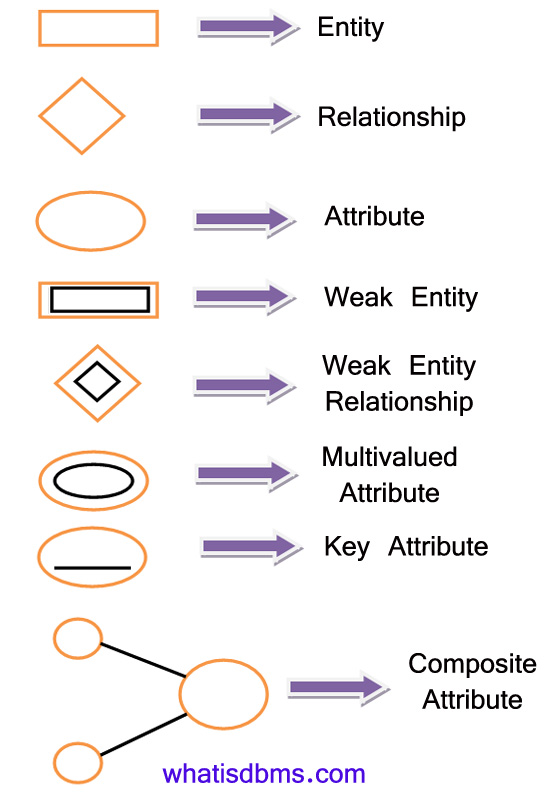
The Name
Child sees a letter card and says the name of the letter.
Example dialog:
Teacher: What letter has the /p/ sound?
Student: p
Teacher: What letter has the /t/ sound?
Student: t
Or,
Teacher: /m/
Student: m
Teacher: /h/
Student: h
The Sound
Child hears letter name and says its sound (no cards are used)
Example dialog:
Teacher: What's the sound of p?
Student: /p/
Teacher: What's the sound of k?
Student: /k/
Or, as an alternative when the student is accustomed to the drill technique:
Teacher: m
Student: /m/
Teacher: a
Student:
The Integration
Child hears a letter name and says the letter name, key word, and sound, using the key words to facilitate recall of the association.![]()
Example dialog:
Teacher: m
Student: m, monkey, /m/
Teacher: a
Student: a, apple,
Association 3: The kinesthetic association
This association is an important prerequisite for written spelling. During this procedure, the student traces, copies, or writes the letter after hearing either the letter name or the letter sound.
The Name
Child sees a letter card or hears the letter name and traces or writes the letter, saying the letter name as she traces or writes the letter to help solidify the link.
Example dialog:
Teacher: Write m.
Student: (writes the letter m, saying) /m/
Teacher: (showing t card) Write t.
Student: (writes letter t, saying) /t/.
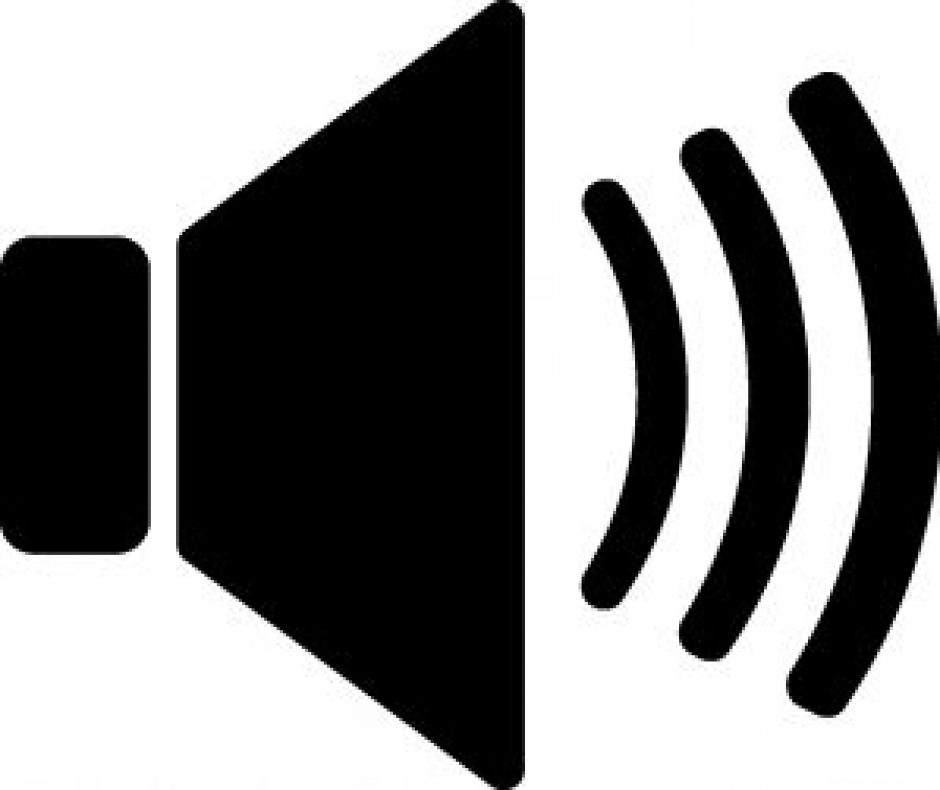
The Sound
Child hears the letter sound and traces or writes the letter, saying the letter name as he traces or writes the letter to help solidify the link.
Teacher: Write the letter that has the /m/ sound.
Student: (writes the letter m, saying) /m/
The exercises used here are the same as for Association 1, the visual association. The difference is that the student simultaneously writes and says her response. The student can vary the writing practice by:
Writing
Tracing letters written large on a chalkboard (using a vertical plane)
and
Writing the letters in the air relying more on his own bodily-kinesthetic modalities
and
Writing the letter independently on paper
A variety of activities should be used at different points within the learning sequence. Writing while saying the name has multisensory impact: it connects a motor movement with vision (seeing the letter card) and with auditory (hearing yourself say the name).
Air writing is of critical importance for dyslexic and dysgraphic students and serves several purposes. Air writing also serves to strengthen the motor memory for the form of the letter, providing large muscle input. Students can be encouraged to imagine the letter as they air write it, thus strengthening their imaging skill, which will lead to greater automaticity. In addition, air writing is an efficient group teaching technique since it allows the teacher to monitor several students at once. When the students respond on paper, the teacher is only able to monitor the end product, not the process, for most of the students.
When introducing air writing to the students, tell them, “This time when you say the letter name, I want you to write the letter t in the air. Write it big. Use two fingers as your pointer and keep your wrist and elbow fairly straight. I want you to be able to really feel the movements you make while you are writing the t in the air.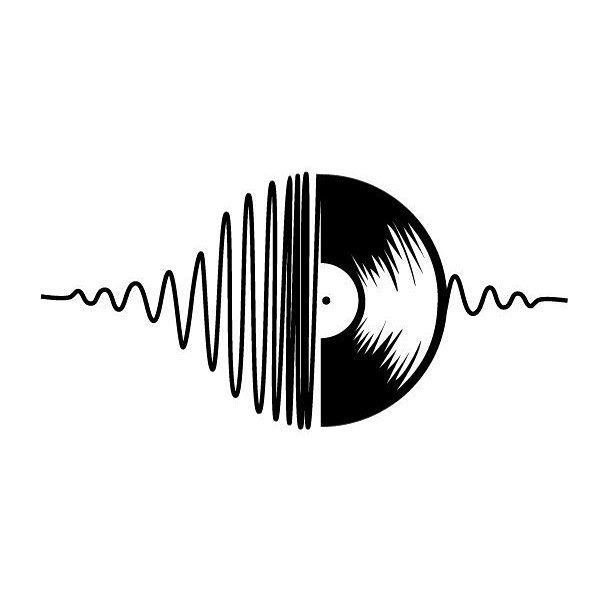 I will write it with you. (Teacher needs to stand facing the class and make her t backwards so that the students may follow the movements.) Now say the key word and sound for this letter as we write it in the air.” Student(s): (air writing t) “t, tiny, /t/.” Teacher: “Can you imagine the letter in the air where you wrote it? See it there.” If students cannot image the letter easily, use additional cues such as the following:
I will write it with you. (Teacher needs to stand facing the class and make her t backwards so that the students may follow the movements.) Now say the key word and sound for this letter as we write it in the air.” Student(s): (air writing t) “t, tiny, /t/.” Teacher: “Can you imagine the letter in the air where you wrote it? See it there.” If students cannot image the letter easily, use additional cues such as the following:
Visual
- Pretend your fingers leave a shadow as you write your letter. See the shadow.
- Pretend your fingers leave a bright red line as you write your letter. See the line.
- Pretend bright green spaghetti comes out of your finger as you write the letter. See the spaghetti.
- Pretend brightly colored Silly String is coming out of your finger as you write the letter. See the string. What color is yours?
Back to Top
Using the mnemonics
The following suggestions provide examples for using MFR mnemonics as the means for introducing key words.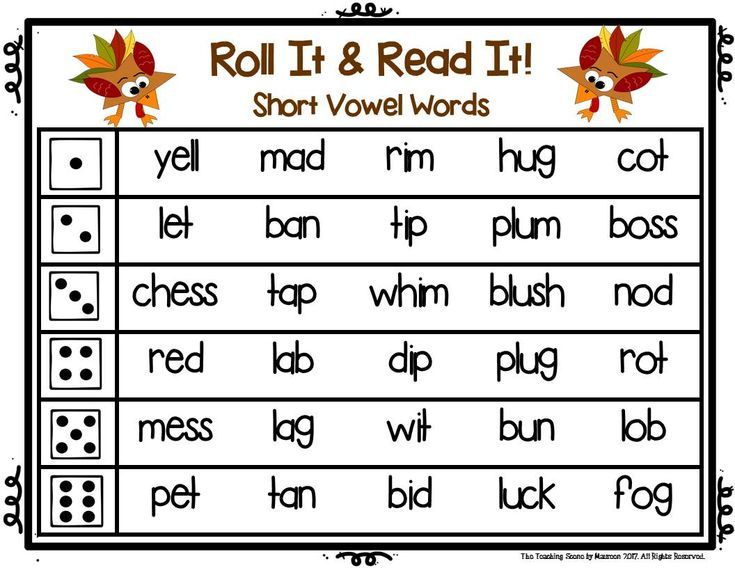 A letter is introduced, as in the following dialogue.
A letter is introduced, as in the following dialogue.
Teacher: Today we are going to learn about the letter m. It has the sound /m/. Tell me some words that start with the /m/ sound.
Students: (Students say a variety of words starting with /m/ sound while teacher writes suggestions on the board.)
Teacher: (Teacher guides students until one of them names monkey.) Yes, all of these words are good, and one of the words is monkey. We can also talk about two monkeys. Now, let's look at this picture. This picture says 'tiny monkeys kiss fat pig.' Do you see the monkeys? What's the sound at the beginning of monkeys?
Students: /m/
Teacher: We are going to use the word monkeys to help us remember that the letter m has the /m/ sound. Everybody repeat: m, monkeys, /m/.
Students: m, monkey, /m/
Teacher: Good. Now every time we think of the letter m, we can also remember monkeys and remember m has the /m/ sound.
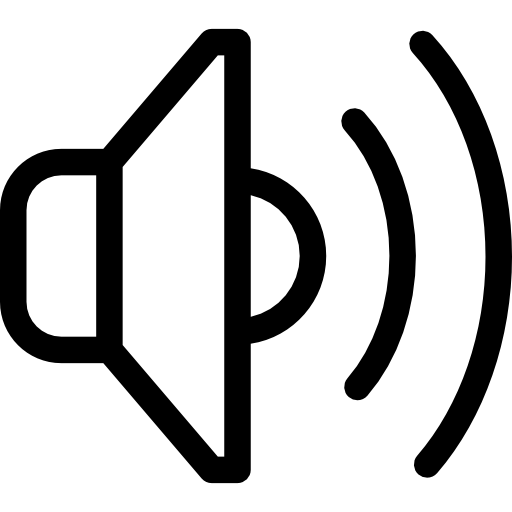
For students who struggle substantially, it is best to initially teach the first five consonants (t, m, k, f, p) and one short vowel (as in a, apple, /a/). At that point, the teacher can use letter cards or magnetic letters to create a variety of letter combinations that the students can decode (read) or encode (spell). For encoding, the teacher can say a sound pattern or a syllable, and the students select the letters to spell the word, placing them in the correct order. For the decoding (reading) activity, the teacher creates the combination and the students read it, or one student can make a combination for the other students.
Many activities can be developed using this concept; however, that is the function of another article.
Back to Top
Creating your own mnemonics
The concept of using pictured mnemonics can be utilized with a wide variety of picture clues. It is actually quite fun to think of and create mnemonic sentences based on key words.![]() The critical factor is to use consistent key words throughout the student's reading and spelling learning.
The critical factor is to use consistent key words throughout the student's reading and spelling learning.
Back to Top
Conclusion
In helping students have greater fun with written expression, they first need some automatic skills for the basic writing mechanics. This article was designed to deal with one small part of that process: the process of developing automatic sound/symbol correspondences. Since many students with learning differences have substantial strengths in visual imagination and visual imagery, the visual mnemonic system has been very useful. The author wishes you a great deal of fun in adapting the use of mnemonics to your own child or students.
Back to Top
Calculation with loudspeakers - TOA Electronics
Meaning and calculations decibel
A decibel (Russian designation: dB; international: dB) expresses the ratio of two values of an energy quantity by the tenth logarithm of this ratio. The decibel is not a physical quantity (like, for example, a meter).![]() The use of a logarithmic ratio determines the perception of the human ear much better than linear values. In addition, it allows you to express the ratio of the perceived sound pressure (hearing threshold) to the maximum tolerated sound pressure (pain threshold) not as 1: 3,000,000, but much more clearly - from 0 to 130 dB. The overall calculation is as follows: log(value/setpoint). In this case, the decimal logarithm is used, indicated on the calculator by the symbol “log”. The unit itself is called "bel", the tenth part is indicated by the prefix "deci-", resulting in a decibel. It expresses the power ratio. For sound pressure, voltage, current, a factor of 20 is used.
The use of a logarithmic ratio determines the perception of the human ear much better than linear values. In addition, it allows you to express the ratio of the perceived sound pressure (hearing threshold) to the maximum tolerated sound pressure (pain threshold) not as 1: 3,000,000, but much more clearly - from 0 to 130 dB. The overall calculation is as follows: log(value/setpoint). In this case, the decimal logarithm is used, indicated on the calculator by the symbol “log”. The unit itself is called "bel", the tenth part is indicated by the prefix "deci-", resulting in a decibel. It expresses the power ratio. For sound pressure, voltage, current, a factor of 20 is used.
Power ratio in dB:
10 x log 10 (power/set power) or 10 x log 10 (P/P 0 )
Sound pressure ratio or current in, 90 dB, 20 x log 10 (value/setpoint)
The hearing threshold value of 20 µPa (micropascals) is used to determine the sound pressure ratio.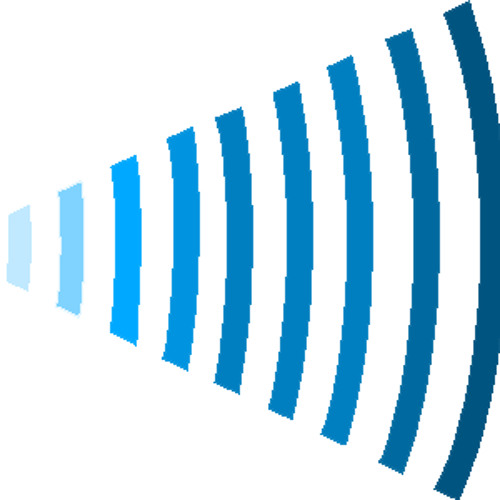 In this case, the set value is constant, so "SPL" is added to "dB". Nowadays there is a tendency to talk about sound pressure levels without using "SPL". Other links:
In this case, the set value is constant, so "SPL" is added to "dB". Nowadays there is a tendency to talk about sound pressure levels without using "SPL". Other links:
dB SPL
The following table presents some correlations for calculating physical quantities and relationships between them, as well as their ratio in decibels. 9,0009
032not possible |
Example 1: A 1 mV (mV) input signal in an amplifier is boosted to a 1000 mV output signal. Therefore, there is a thousandfold gain (1000 : 1), or 20 x log (1000 / 1) = +60 dB.
Example 2: An attenuator attenuates the voltage by a factor of ten. Ratio between input and output value 0.1 / 1 = 0.1. In decibels: 20 x log (0.1 / 1) = -20 dB.
Example 3: An attenuator (example 2) is connected after an amplifier (example 1). The total gain then looks like this: 1,000 x 0.![]() 1 = 100. In decibels: 60dB + (-20dB) = 60dB - 20dB = 40dB.
1 = 100. In decibels: 60dB + (-20dB) = 60dB - 20dB = 40dB.
Sound pressure level at a certain power
If the sound pressure level is given in dB, it can be used for calculations. The data sheet of the loudspeaker indicates, for example, for a nominal sound pressure level (1 W / 1 m): 95 dB. This means that the sound pressure level of a loudspeaker at a power of 1 watt at a distance of 1 meter is 95 dB. From the table below, you can find out by how many decibels the sound pressure level of the loudspeaker will increase at the specified power.
The table states that with a capacity of 6 WATT to 95 dB it is necessary to add 8 dB. As a result, with a power of 6 watts at a distance of 1 meter, we get 103 dB SPL. You can also use a mathematical formula to calculate the same result: p 1 = p n + 10 x log(P)
p 1 : Sound pressure level (dB) p n : Nominal sound pressure level (dB) P: input power (W)
For every doubling of power, the sound pressure level increases by 3 dB.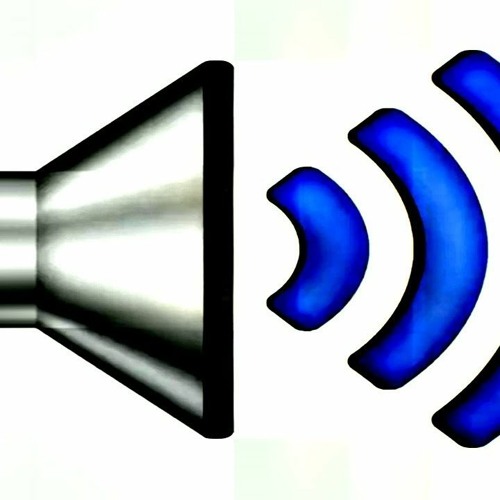
Dawn. Skylight Language GitHub
Theory of Symbolism is part of the Patterns of Aktika and is covered in the Clearances section, which can be found in this presentation:
Aktika Patterns. Clearances
Together with the presentation of the theory of symbolism, this section creates a special language of gaps - the symbolic language.
"Zaryanitsa" is a visual symbolic language created on the basis of the matrix of the traditional Belarusian folk ornament.
"Zaryanitsa" is the result of applying the general principles of symbolism and constructive linguistics. This is not an explanation of the ornament in its traditional meaning. The study of such a language allows you to learn symbolism in an active way, as a skill and skill.
In the understanding of Aktika's Patterns, a symbol is a sign that means itself, its action - the action of creating a sign. The symbolic meaning of the sound is the effort to create it, and the image - the movement to draw it. When the meaning of a name is arbitrary, then the meaning of a symbol is represented by itself. Symbolism precedes language.
When the meaning of a name is arbitrary, then the meaning of a symbol is represented by itself. Symbolism precedes language.
The character is created by the sign matrix by the character matrix. The meaning is superimposed on the matrix of the sign as a weft thread on the basis of the fabric. The meaning of the symbol shines through the matrix of the sign, therefore the symbol in Aktika Patterns is called clearance. The sign matrix is always present in any character.
Symbolism is based on the correspondence of two wholenesses, large and small - macrocosm and microcosm. Great integrity is the whole world, in general, the whole meaning. A small integrity is the sign matrix. Everything that exists in a large integrity has a place in a small one. Great integrity may be diminished, but the principle of correspondence always remains.
All gaps of one matrix make up a circle of gaps.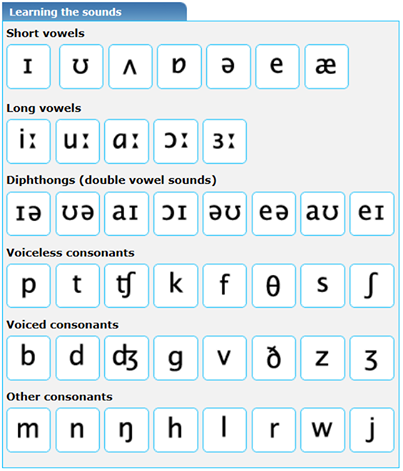 Any meaning corresponds to one of the gaps. And, since the sign matrix rasterizes and simplifies the meaning, many meanings correspond to one character.
Any meaning corresponds to one of the gaps. And, since the sign matrix rasterizes and simplifies the meaning, many meanings correspond to one character.
On the one hand, the meaning of a symbol as an action is universal. On the other hand, it depends on the great integrity with which the sign matrix is related. This integrity must be known to users of the symbolic language. The primary meaning of a symbol is its action, and only secondarily is the object or phenomenon that embodies it. The symbol does not have a stable subject fixation. The verbal translation of a symbol translates it into the order of the language, and the symbolism disappears.
(left to right, top to bottom)
- birth, emergence, beginning
- completion, coverage, stop
- flow, movement, casting
- shift, direction, control
- connection, connection, unity
- crossing, overcoming, crossing
- support, support, lift
- Kolovrat, axle, act
- result, harvest, achievement
- growth, development, emergence
- fullness, middle, inside
- scope, scope, security
- movement, circulation, flexibility
- holding, axle, maturity
- emptiness, space, everything
- multiplication, growth, appearance
- collection, connection, conjugation
- collection, connection, conjugation
- cover, protection, protection
- creation, measure, conformity
- match, reciprocity, correspondence
- origin, source, power
- branch, divergence, development
- closing, closing, burial/hiding
- division, separateness, co-ownership
Symbolic or gap language becomes possible when the gap is included in the sentence matrix. Clearance language is a language only at the level of syntax. Any individual opening of Zaryanica is already a proposal. In a single matrix, clearance becomes an act of or a predicate.
Clearance language is a language only at the level of syntax. Any individual opening of Zaryanica is already a proposal. In a single matrix, clearance becomes an act of or a predicate.
Move
Parts of a sentence are separated by a cross. In the dual lumen matrix, the first lumen means person or subject, and the second is the act.
Overcoming occurs
In the triple matrix, the first gap means a person, the second one an act, and the third one an object. In Zaryanica, the offer matrix can only have three cells. All other relations (causes, locus, results) are expressed by the complication of a simple sentence.
Overcoming is coming to an end
Each part of the sentence can have not only one gap, but the whole relationship matrix . In the relationship matrix, the first part is always the main part, and the second part is dependent.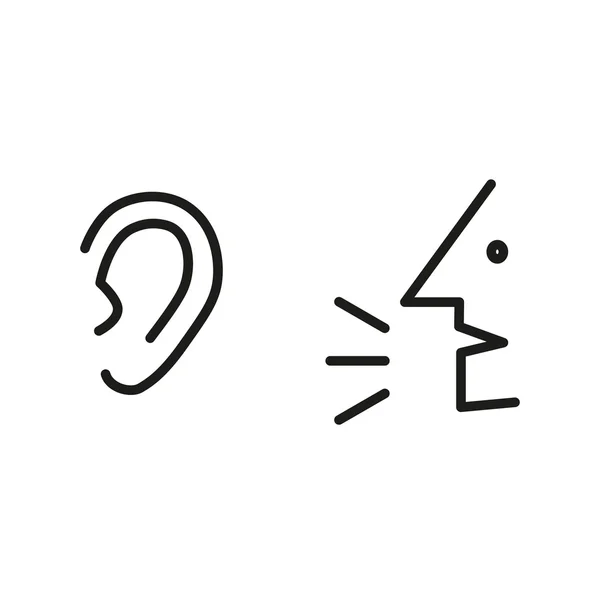 There are two types of relationship matrix. The first kind is called the convolution matrix, means identity relations and is expressed by the words "that which". Identity relationships are represented by a cross with a parenthesis on top.
There are two types of relationship matrix. The first kind is called the convolution matrix, means identity relations and is expressed by the words "that which". Identity relationships are represented by a cross with a parenthesis on top.
Victory that returns
The second kind is called the scan matrix , it means the relationship of ownership and is expressed by the words "the one with". Ownership relationships are represented by a cross with a parenthesis below.
Victory Return
When the second part of the matrix of relations is also filled with the matrix of relations, more complex additions are formed - the development of the convolution and the convolution of the development.
Brilliant Victory Brilliant Return
Brilliant overcoming goes to full accomplishment
The sentence can be folded into a denser unit - root.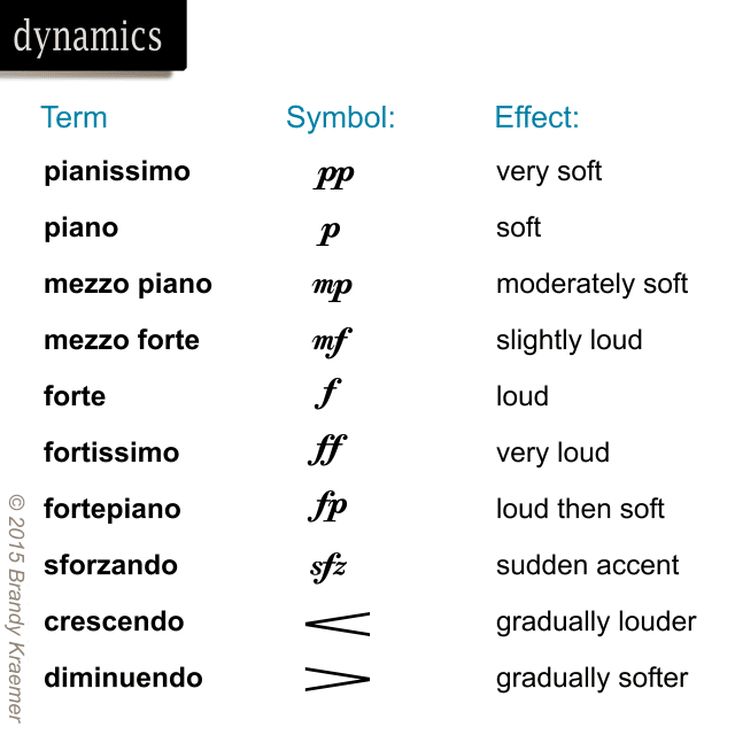 Actually, one clearance is already a unit root. Two gaps form a double root, and three - a triple. There cannot be a relationship matrix inside the root.
Actually, one clearance is already a unit root. Two gaps form a double root, and three - a triple. There cannot be a relationship matrix inside the root.
When complex roots are included in the relationship matrix, words are formed.
Brilliant-overcoming swiftly-goes towards full-fulfillment
The offer matrix can be filled with offers. In this case, a story or a developed sentence is created. Parts of the story are separated by crosses with brackets above and below.
The fact that overcoming occurs leads to the fulfillment of accomplishment
Several consecutive sentences form canvas or text. Canvas sentences are separated by a special break sign.
Overcoming occurs. Accomplishment being fulfilled
"Zaryanitsa" is a fairly easy symbolic language, which can be mastered in half an hour. Like all symbolic languages, it is the language of poetry and magic.
Like all symbolic languages, it is the language of poetry and magic.
Oles Ryazanov's poem "The Sower" translated into "Zaryanitsa" will look like this:
The warrior will not return, the wanderer won't come back the sower will return... The sower always returns Oles Ryazanov
Symbolic translation can be much simpler. This is how a symbolic performance of a song about a spring and a girl might look like:
And what about that little krynichenka, why are you swimming blue? And dze taya dzyachynonka, why am I zalyatsya? Oh, sorry, sorry for me, take me people, take me people, but I won’t be. And zho z tae krynichhenkі shafts water p'yuts. And zho that dzyachynonka by the hand vyaduts. Oh, sorry, sorry for me, take me people, take me people, but I won’t be. And I'll thrash the thuy krynіchenka, And I will call that dzyachynonka to peraklіch.
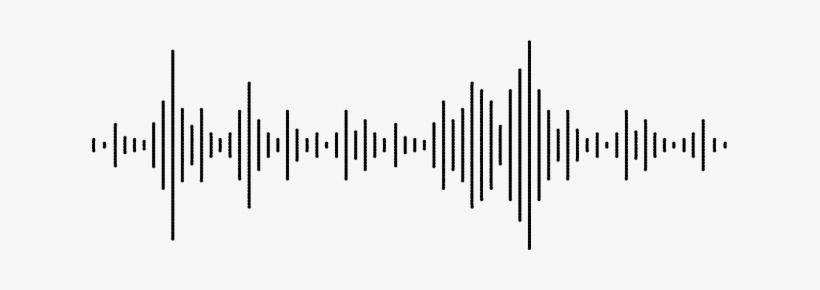
Learn more

